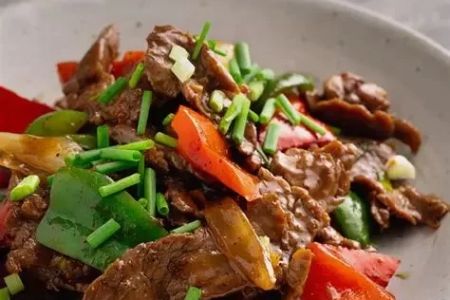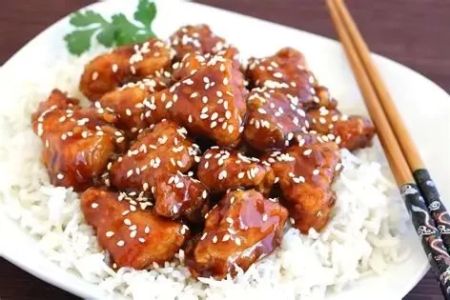- 1-Rising-Health-Consciousness-in-Chinese-Cuisine
- 2-Integration-of-Traditional-Medicine-and-Modern-Nutrition
- 3-Plant-Based-and-Vegetarian-Options-on-the-Rise
- 4-Low-Oil-and-Low-Sodium-Preparations-Gaining-Popularity
- 5-Technology-Driven-Personalized-Dietary-Experiences
- 6-Case-Studies-of-Successful-Health-Trend-Adoption
1. Rising Health Consciousness in Chinese Cuisine
Chinese food health trends 2025 reflect a growing awareness among consumers about the impact of diet on well-being. There is increasing demand for dishes that balance flavor with nutritional benefits. More restaurants are emphasizing fresh, organic ingredients and cooking methods that preserve nutrients, such as steaming and stir-frying with minimal oil.
This shift aligns with global wellness movements but also deeply connects to Chinese culinary traditions that value harmony and balance in meals, making health-conscious eating an integral part of evolving Chinese food culture.
2. Integration of Traditional Medicine and Modern Nutrition
In 2025, Chinese cuisine increasingly integrates principles of Traditional Chinese Medicine (TCM) with modern nutritional science. This fusion encourages the use of ingredients like goji berries, ginger, and ginseng not just for taste but also for their health benefits such as boosting immunity and improving digestion.
Chefs and nutritionists collaborate to create menus that support wellness goals, appealing to consumers who seek both authentic flavors and health advantages. This trend strengthens the cultural heritage while addressing contemporary health concerns.
3. Plant-Based and Vegetarian Options on the Rise
Plant-based diets continue to gain momentum within Chinese food health trends 2025. Vegetables, tofu, mushrooms, and legumes take center stage in innovative dishes that satisfy both taste and nutritional needs. Restaurants and food brands are expanding vegetarian and vegan offerings, making them more accessible and attractive to a wider audience.
This evolution supports sustainability and caters to consumers with dietary restrictions or preferences, helping Chinese cuisine adapt to a more diverse global market.
4. Low-Oil and Low-Sodium Preparations Gaining Popularity
Healthier cooking techniques featuring reduced oil and sodium use are becoming standard in many kitchens. Chinese food health trends 2025 highlight the importance of these adaptations to combat lifestyle diseases such as hypertension and heart conditions.
Innovations include using natural flavor enhancers like fermented sauces in moderation, and adopting cooking styles that maintain taste without excess salt or fat. These changes reflect a commitment to health without compromising the rich, savory essence of Chinese cuisine.
5. Technology-Driven Personalized Dietary Experiences
Advances in technology are transforming how consumers engage with Chinese food health trends. AI-powered apps and platforms analyze individual health data and preferences to recommend personalized meal plans and recipes aligned with traditional dietary wisdom.
For instance, smart ordering systems at some restaurants suggest dishes based on customers’ health goals, allergies, and nutrient needs. This personalization enhances satisfaction and supports healthier eating habits.
6. Case Studies of Successful Health Trend Adoption
One example of embracing these trends is a well-known restaurant chain in Beijing that revamped its menu to feature organic produce and TCM-inspired dishes. The chain reported a 25% increase in customer visits within a year, attributed to the demand for healthier options.
Similarly, a Shanghai-based meal delivery service offering plant-based, low-sodium meals saw rapid growth among health-conscious millennials. These stories demonstrate how Chinese food health trends 2025 are driving business innovation and consumer engagement.
For curated selections of health-focused Chinese cuisine and products, visit Chinese Food to explore expert recommendations and services tailored to modern wellness lifestyles.







